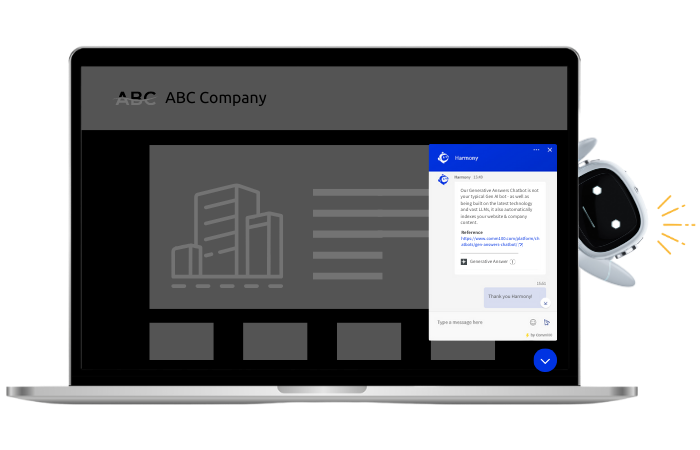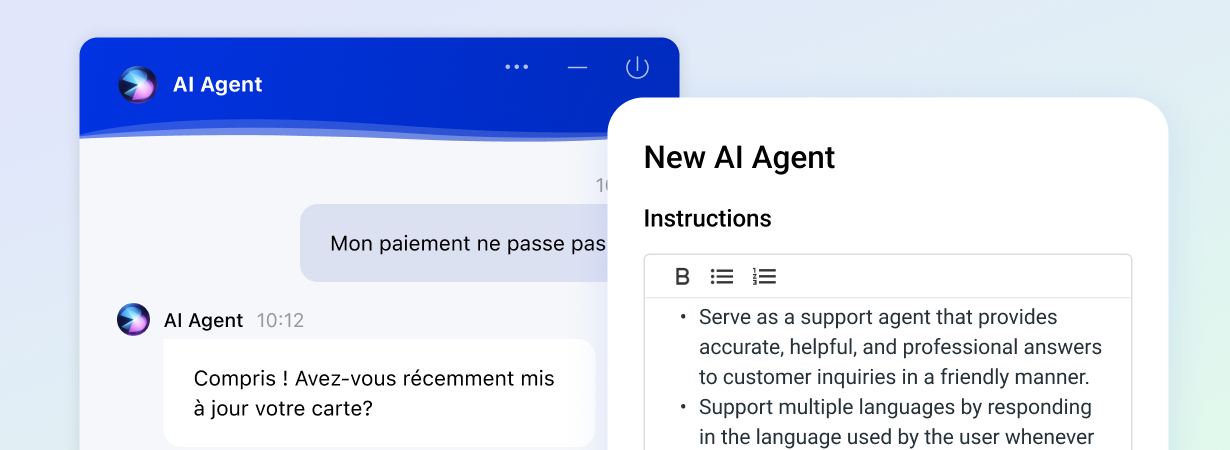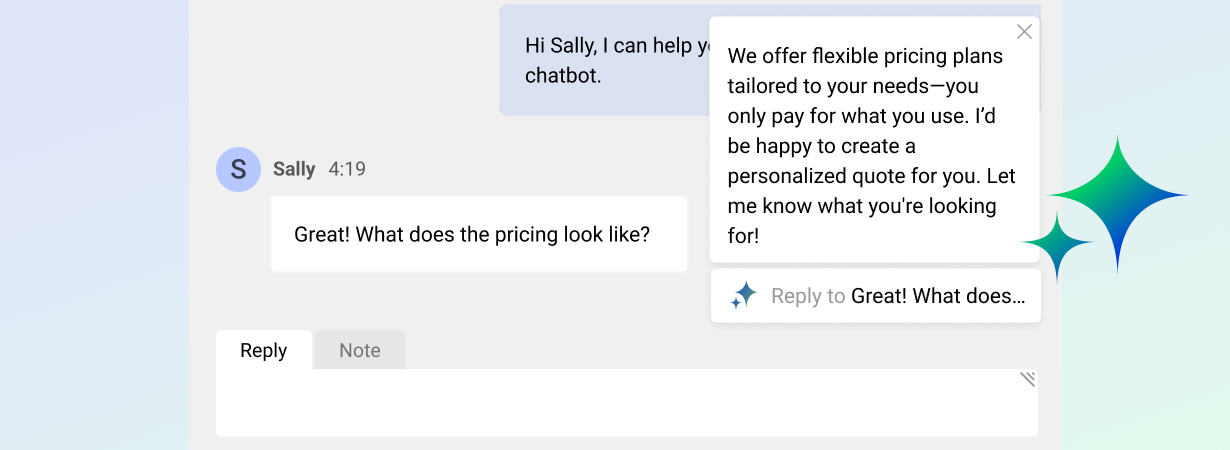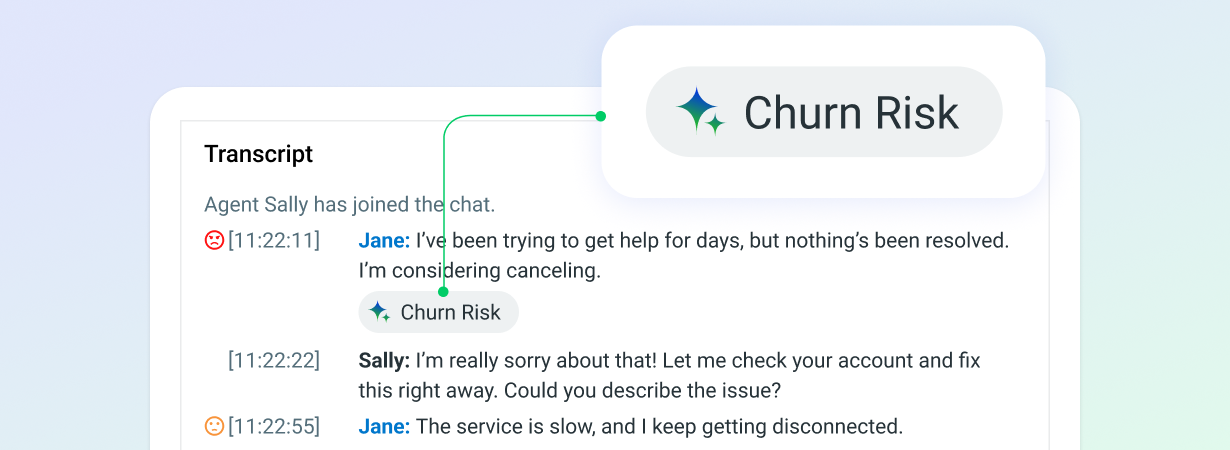The Covid-19 pandemic transformed the way that local governments interact with citizens. Necessity pushed innovation forward as agencies were forced to adopt new digital channels to keep connected and provide much-needed support.
For many local governments, this came in the form of customer service chatbots. Among local governments, more than 60% indicate that they’ve either introduced chatbots or have plans to do so in the next 12-18 months. However, although local government chatbots are proving popular among citizens, there still remains some hesitancy around service quality and cost.
This article will explore how the public sector and citizens can both benefit from the introduction of local government chatbots and why they will soon become a staple customer service offering.
Improves support speed
In any industry, the speed of customer support is crucial. Government services aren’t often known for fast support, but chatbots in government are a highly effective tool in helping them improve this reputation.
Unlike traditional phone support that often suffers from long wait times, chatbots are instantaneous, providing real-time support no matter the time or hour. And with unlimited capacity, high volumes don’t impact wait times as they do with traditional support so agents aren’t overwhelmed at peak times of the day or week.
Moreover, with a chatbot handling the repetitive and time-consuming queries, agents have more time to handle complex questions that may need a human touch. This improves the quality of service, as well as reducing overall wait times and queue lengths.
The improved service from local government chatbots can lead directly to improved customer satisfaction (CSAT). Government services typically struggle with CSAT compared to the private sector, and chatbots are an excellent way to reverse this trend and demonstrate the value of services to citizens.
“69% of consumers prefer to use chatbots than speak with an agent. The key reason for this is simple. Above all else, consumers want fast answers to their questions. They don’t mind if they are being served by a chatbot or an agent – so long as their issue is resolved quickly.”
Empowers 24/7 availability
Local governments need to balance budgets, operational availability, and service quality. This means that services are typically restricted to standard Monday to Friday daytime office hours. With limited access to public services during the evening and on weekends, many citizens are left out. Reports on Post-Covid 19 government experience indicate that perceptions of inappropriate staffing and wait times are all issues.
With a local government chatbot in place, this challenge is immediately solved. Unlike typical government workers, chatbots can be available to the public 24/7. Chatbots can directly answer citizens’ questions or, with an integrated knowledge base, point them towards helpful resources – all without any human intervention.
For all the new possibilities created by chatbots in government service, it’s important to keep in mind that chatbots aren’t designed to replace support agents. Live agents are the best equipped to handle complex issues while allowing chatbots to handle more repetitive and simple requests. By introducing chatbots to support teams, agents can focus on more valuable or difficult interactions and reduce stress during peak hours.
Boosts efficiency
Government success is often measured by efficiency, and this is an area where chatbots truly shine. With unlimited capacity, local government chatbots can be used to handle increased support volumes without hiring additional workers. At the end of the day, this means more citizens being served without an increase in spend. Most importantly, as chatbots take on increased chat volumes, service doesn’t suffer. Whether serving 100 citizens or 1000, chatbots provide the same great service.
With the needs of government support services often changing based on unforeseen circumstances, chatbots for government are a dependable way to connect with the public. Because of their unlimited capacity, local government leaders can rely on chatbots when budgeting for support capacity in a way that isn’t always possible with support agents. The introduction of a new policy or a nearing deadline could push citizens to reach out in unexpected ways, and chatbots can be ready to respond with a simple update to the organization’s knowledge base.
Cuts support costs
For government program areas that need to do more with less, the cost-effective nature of chatbots could be the most important benefit of all. In fact, by automating many of the tasks normally completed by support agents, chatbots can save up to 30% in support costs.
We’ve talked to the fact that chatbots can create new kinds of efficiencies thanks to their unlimited capacity. Putting numbers to these efficiencies demonstrates the value that chatbots can provide local government. IBM offers some incredible statistics on chatbots, including the fact that they can:
- Resolve 80% of common questions without human intervention
- Save companies an estimated 8 billion USD per year
- Reduce costs per-query by $5-12 USD compared to human agents.
To demonstrate the potential savings of introducing a chatbot to a support environment, Comm100 has created an ROI calculator. Simply input your team’s details into the calculator to find out how a local government chatbot could cut your support costs and how much savings it will generate each year.
Read more: Chatbot ROI calculator – Reduce support costs and scale your operations with AI Chatbots
Wrap Up
If you’d like to learn more about transforming citizen services in local government, see our complete guide to customer service in government below.
Complete guide: Improving customer service in government
Find out how government & public sector can take a huge leap towards improving service delivery through secure digital channels and technologies.
Read more
Learn more






